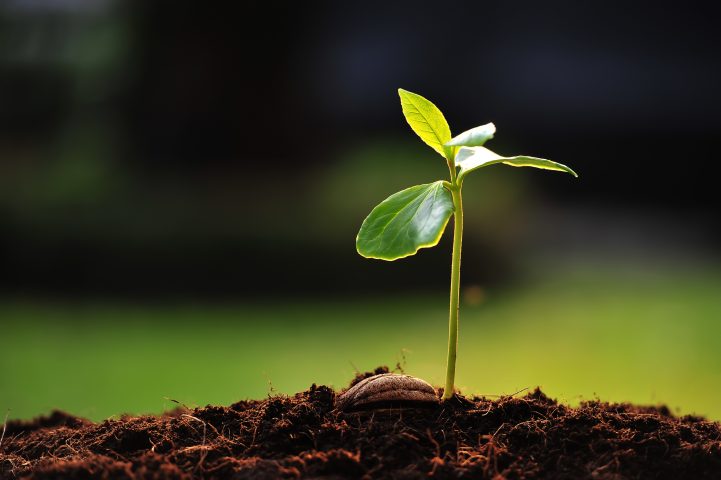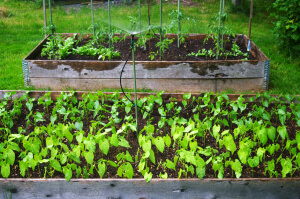Tips on Planting a Healthy Garden this Spring

With the return of the sun, meaning longer and warmer days, the end of May is the perfect time to finalize your garden preparations for spring. It brings a renewed vigor to be getting out into the soil and being among nature, not to mention the anticipation of fresh delectable aromatic herbs and vegetables.
The sun, the wind, and the rain largely play a role in the days to come. Make sure to pay attention to the flow of your garden’s environment. Where is the sun? do you have full sun? partial sun or shade? How about the wind, are there spots that potentially could be to windy for your plants inhibiting them from growing to their full potential? Also, are there wet or dry zones? do they drain well or is the ground wet and spongy? Once you know the weather patterns of your yard then you can better decide the size and location of your garden.
Start by preparing the soil with a fresh layer of compost, manure, rock minerals, and/or EM (effective microorganisms). By adding any one or a combination of these components to the soil you will be increasing nutrients as in natural fertilizers and bringing balance to soil microbes.
There is a mutualistic relationship between plants and microbes. Plants supply soil microbes with carbohydrates and in return the microbes supply the plants with inorganic nutrients that the plants cannot get themselves. This is the first line of feeding your plants the nutrients they require, thus passing them on to you in the form of nutrient-rich food.
Once you begin planting be sure to space your plants with enough room so they don’t crowd each other out. Loosen the roots gently to encourage new growth and plant just below the surface of the soil deep enough to cover the plants stem from a few centimeters, up to an inch.
Specifically, with tomato plants that have weak stems they can be planted deeper, close to the first set of leaves, as this will encourage roots to start higher up the stem. This helps strengthen the plant and its ability to anchor and hold its weight as it grows.
Once you have finished transplanting, ideally early in the day to avoid dehydrating/wilting the plants, cover the exposed soil around your plants with a good layer of mulch. Mulch not only acts as an insulator/barrier protecting plants from hot dry weather and when there are a little cooler temperatures but it also protects and feeds the EM (effective microorganisms). This can be old dry leaves from the year before or a thin layer of wood chips. Water your plants and mulch well, likely you will not have to water to often with the added mulch but keep an eye on soil moisture for the first two weeks. Watering appropriately will help prevent your plants from getting to dry and withering away or to wet and rotting.

If you are working with a small garden plot then you may want to consider ‘companion planting’ to maximize garden space and encourage healthy plant biodiversity that supports different nutrient requirements. Companion planting is the concept of planting plants together for their mutual benefit. Some examples are shade loving plants that can grow alongside sun loving plants that will provide this shade, and plants with deep tap roots that bring up minerals that shallow rooted plants cannot otherwise get. Some plants may benefit other plants by attracting or repelling insects, diseases or nematodes by scent, color or various secretions.
Practicing some of these basic suggestion for planting this spring will encourage your plants to grow strong and become less susceptible to pests and disease. There is nothing quite like growing your own high nutrient, full flavor food and medicine, so happy planting!

